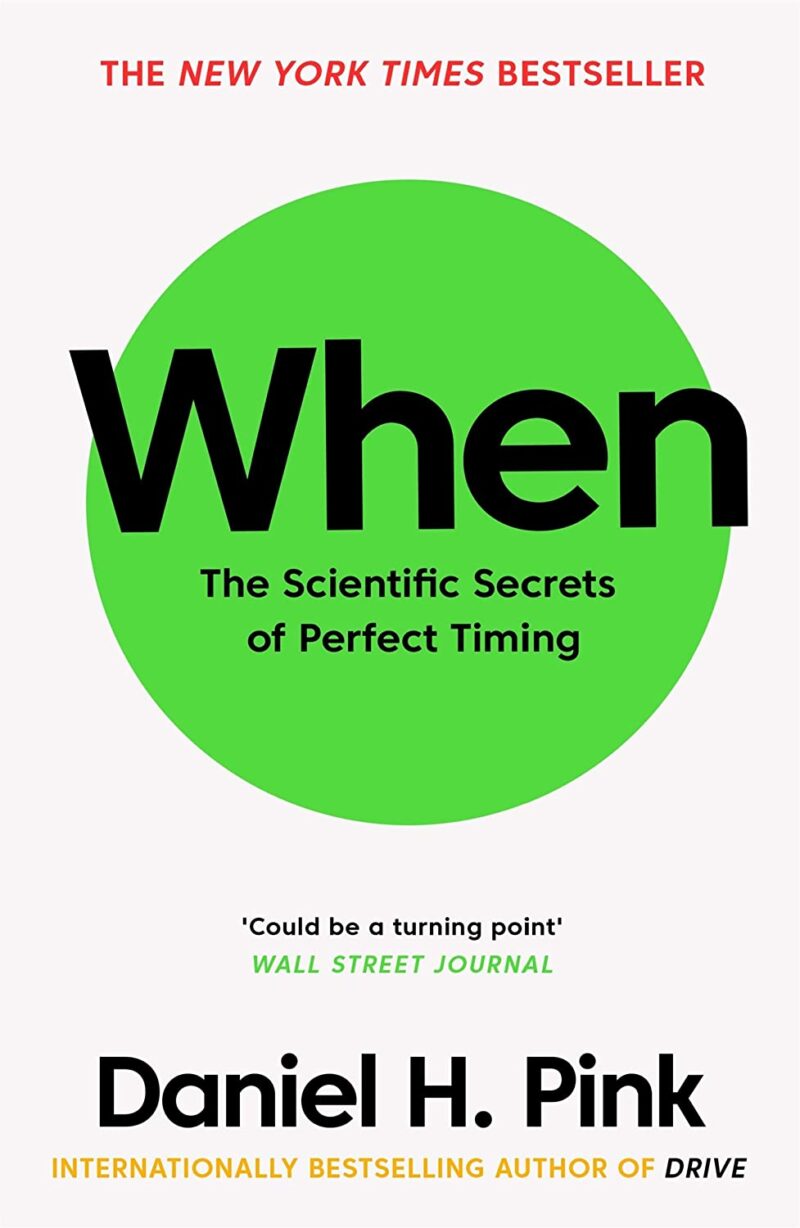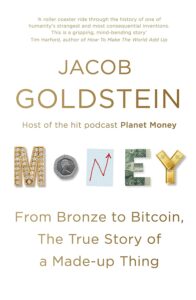Unlocking Life's Rhythms: A Glimpse into 'When: The Scientific Secrets of Perfect Timing'
"When: The Scientific Secrets of Perfect Timing" explores the profound impact of timing on life, blending research with real-world examples and practical insights.
Subjects: Time Management
In today’s fast-paced world, the importance of timing cannot be overstated. Whether it’s in business, relationships, or personal endeavors, the right timing can make all the difference. “When: The Scientific Secrets of Perfect Timing” delves deep into this concept, offering readers a comprehensive look at how timing impacts various facets of our lives.
Introduction
“When: The Scientific Secrets of Perfect Timing” is a meticulously researched book that combines scientific studies, real-life anecdotes, and practical advice. It emphasizes the significance of endings, the rhythm of daily life, and the profound effects of synchronizing with others.
Key Highlights:
1. The Power of Endings: The book begins with a captivating discussion about the importance of endings. It suggests that how an experience ends can significantly influence our memory and perception of the entire event. A poignant quote from the text reads, “Endings help us encode, but they can sometimes twist our memory and cloud our perception by over-weighting final moments and neglecting the totality.” This statement underscores the psychological weight endings carry, impacting our overall impression of an experience.
2. Daily Rhythms and Productivity: The book delves into the daily rhythms of human life. It highlights how our alertness and energy levels peak around noon and decline in the afternoons. This ebb and flow of energy can influence our decision-making abilities, creativity, and overall productivity. A notable excerpt from the book states, “Students scored higher in the mornings than in the afternoons. Indeed, for every hour later in the day the tests were administered, scores fell a little more.” This finding underscores the importance of aligning tasks with our natural energy rhythms.
3. Synchronizing with Others: One of the most compelling sections of the book is its exploration of synchronization. It discusses the dabbawalas of Mumbai, who deliver over 200,000 lunches daily with remarkable precision. Their success story is a testament to the power of coordination and synchronization in achieving seemingly impossible tasks.
4. The Role of Emotions: The book also touches upon the role of emotions in shaping our perception of time. Experiences of awe, for instance, can make time feel expansive, leading to a heightened sense of well-being.
Real-life Examples:
– The story of the dabbawalas in Mumbai stands out as a testament to the power of synchronization. Despite the chaotic traffic and vastness of the city, these individuals ensure timely delivery of thousands of lunches daily, showcasing the importance of timing and coordination.
– Another intriguing example is the story of Jimmy, a Hollywood star whose life took an unexpected turn. His story serves as a poignant reminder of the unpredictability of life and the significance of moments, both big and small.
Excerpts:
“For all the words scratched and bellowed about the importance of customer service, we’ve generally given short shrift to the end of encounters with customers and clients.”
“The best endings don’t leave us happy. Instead, they produce something richer—a rush of unexpected insight, a fleeting moment of transcendence.”
Conclusion:
“When: The Scientific Secrets of Perfect Timing” is more than just a book; it’s a guide to understanding the intricate dance of time in our lives. It offers valuable insights into how we can harness the power of timing to lead more fulfilling lives.
In the words of the author, “I used to believe that timing was everything. Now I believe that everything is timing.” This profound statement encapsulates the essence of the book, urging readers to recognize and respect the role of timing in their lives.




